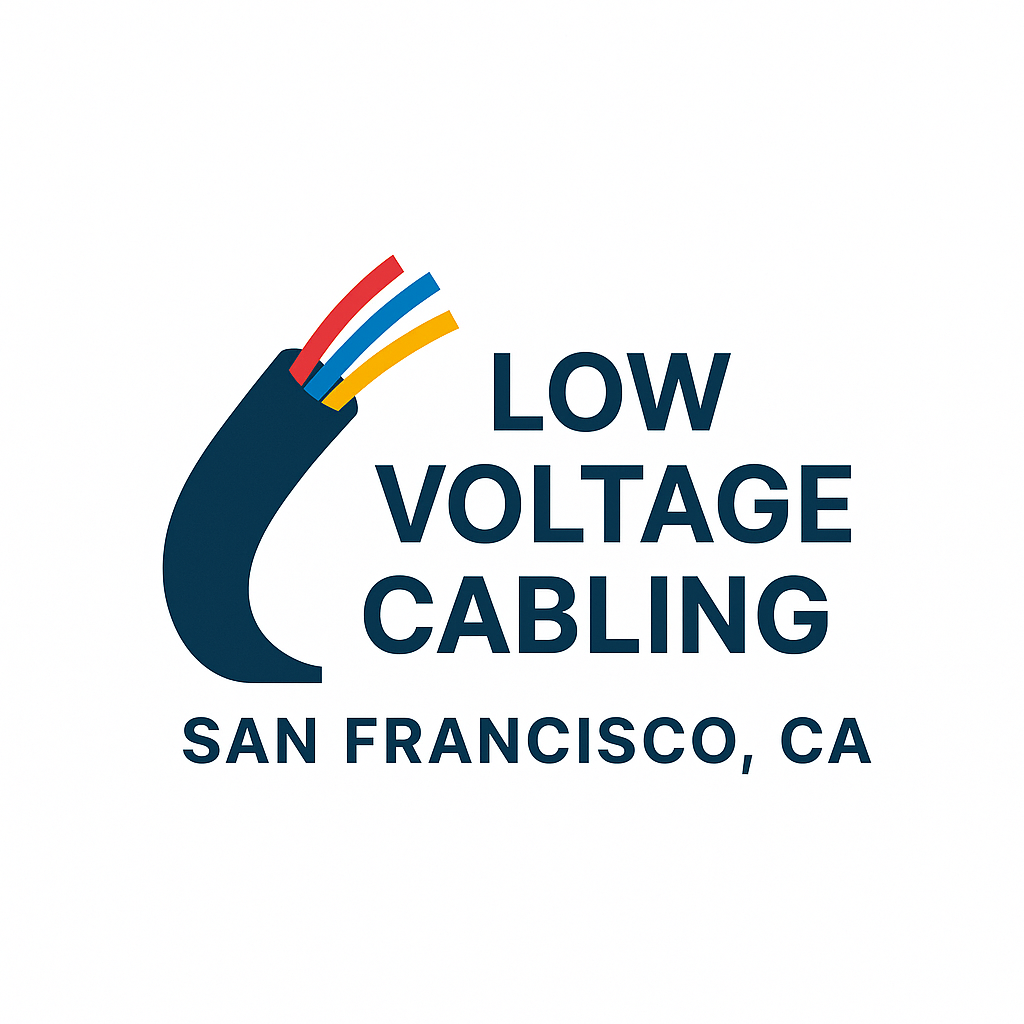Cat5e vs. Cat6 in San Francisco, CA: What’s the Difference & Which Should You Use?
If you’re planning a network cabling project in San Francisco, CA, you’ll often hear about Cat5e and Cat6 Ethernet cables. But what really sets them apart — and which one is right for your building or renovation? In this article, we break down the technical differences, practical considerations, performance trade-offs, cost factors, and recommendations tailored to local conditions in San Francisco.
By the end, you’ll know which cable makes sense for your setup now — and what will protect your investment for years.
What Are Cat5e and Cat6 Cables?
Cat5e (Category 5 Enhanced) and Cat6 (Category 6) are both twisted-pair Ethernet cables used for data transmission. They form the backbone of wired networks—essential for connecting computers, routers, security cameras, and other smart devices.
- Cat5e is an enhanced version of the original Cat5 standard, offering improved performance and reduced interference.
- Cat6, on the other hand, is a newer standard designed to support faster data transfer rates and better noise resistance.
Both are commonly used in low voltage cabling installations across homes, offices, and industrial settings in San Francisco.
Technical Differences Between Cat5e and Cat6
| Specification | Cat5e | Cat6 |
|---|---|---|
| Bandwidth | Up to 100 MHz | Up to 250 MHz |
| Speed | Up to 1 Gbps | Up to 10 Gbps (up to 55m) |
| Distance | 100 meters for 1 Gbps | 55 meters for 10 Gbps; 100m for 1 Gbps |
| Crosstalk Reduction | Basic | Superior with tighter twists and separator |
| Shielding Options | UTP or STP | UTP, STP, or Foil Shielded variants |
| Performance Standard | TIA/EIA-568-B | TIA/EIA-568-C |
Cat6 cables have thicker conductors, tighter twists, and sometimes include a nylon spline to separate the wire pairs—reducing electromagnetic interference. These upgrades allow Cat6 to deliver higher performance and greater signal integrity.
Performance and Speed Comparison
Performance is where the two cables diverge most noticeably.
- Cat5e supports Gigabit Ethernet (1 Gbps) over 100 meters, which is sufficient for most residential and small business setups.
- Cat6, however, supports 10-Gigabit Ethernet (10 Gbps) over shorter distances—up to 55 meters.
In practical terms, Cat6 is the better choice for high-speed networks, 4K video streaming, gaming, and bandwidth-intensive applications commonly found in modern San Francisco offices and tech startups.
Installation and Compatibility Considerations
Both Cat5e and Cat6 cables use RJ45 connectors, meaning they’re backward compatible. You can use Cat6 cables in systems designed for Cat5e without issue.
However, Cat6 cables are slightly thicker and less flexible, requiring careful handling during installation. For commercial or structured cabling projects, professional installation ensures proper termination, optimal signal performance, and compliance with local electrical codes in San Francisco, CA.
Cost Comparison: Cat5e vs Cat6
While Cat6 cables deliver better performance, they’re also more expensive—typically costing 20–40% more than Cat5e per foot.
That said, the long-term benefits of Cat6 often outweigh the initial cost, especially for properties that anticipate higher bandwidth needs or plan future upgrades to smart systems or cloud-based operations.
If you’re working on a tight budget, Cat5e is still a reliable option for standard connectivity and everyday use.
Which Cable Is Best for You?
Choose Cat5e if:
- You need basic internet connectivity and internal networking
- Your setup includes standard home or small business applications
- You’re looking for an affordable solution without future upgrades soon
Choose Cat6 if:
- You require high-speed data transfer or heavy bandwidth use
- Your business handles cloud computing, video conferencing, or server connections
- You’re installing a long-term infrastructure in a commercial or tech environment
For San Francisco businesses and homes, Cat6 is often preferred due to the city’s growing reliance on smart devices, IoT integration, and high-speed internet access.
The Future of Network Cabling
As network demands increase, the industry is gradually moving toward Cat6a (Augmented Cat6) and fiber optic solutions. However, Cat6 remains the most practical balance of cost and performance for most modern applications.
Installing Cat6 now ensures compatibility with emerging technologies while maintaining affordability for medium-sized projects.
Common Misconceptions
- Myth: Cat6 always provides 10 Gbps speeds.
- Fact: It only achieves 10 Gbps up to 55 meters; beyond that, performance decreases.
- Myth: Cat5e and Cat6 cables are identical in appearance and function.
- Fact: Though similar in look, Cat6 cables use tighter twists and thicker insulation for better noise suppression.
- Myth: Upgrading to Cat6 always improves your internet speed.
- Fact: Your actual speed depends on your internet plan and network equipment, not just the cable.
Conclusion
Choosing between Cat5e and Cat6 cables depends on your network needs, budget, and future plans.
- Cat5e remains a cost-effective and reliable option for everyday connectivity.
- Cat6 provides superior performance, higher bandwidth, and better noise reduction, making it ideal for forward-thinking businesses and homeowners in San Francisco, CA.
For long-term infrastructure and growing bandwidth demands, Cat6 is the smarter investment that keeps your property’s network future-ready.
